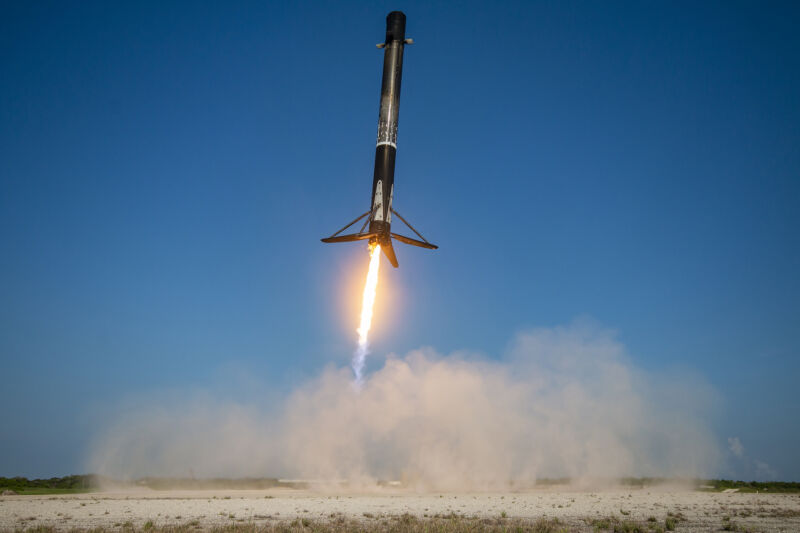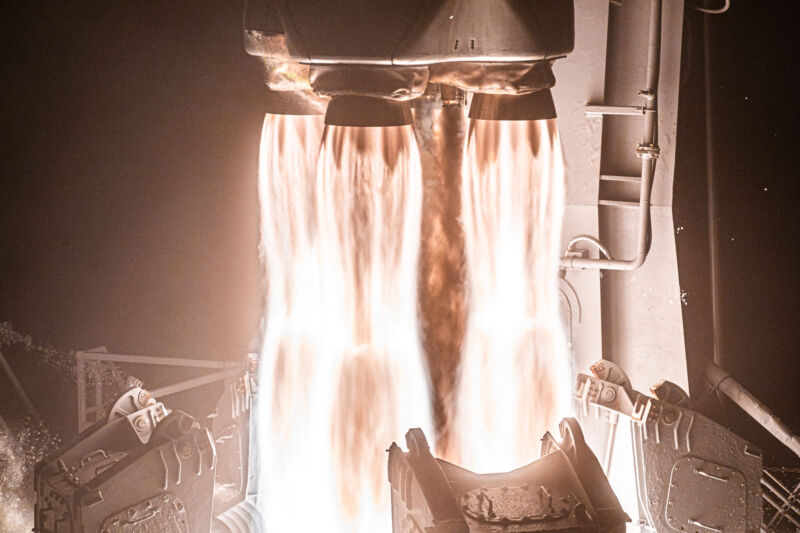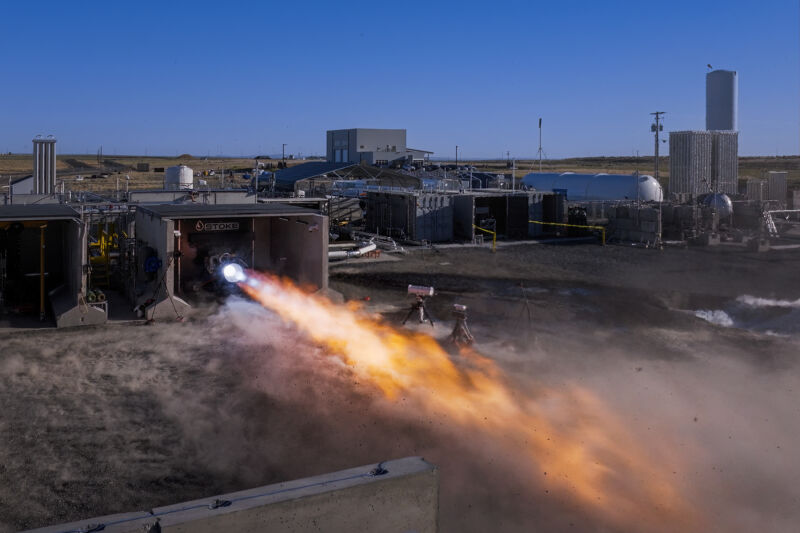Rocket Report: ULA is losing engineers; SpaceX is launching every two days

Enlarge / A Falcon 9 booster returns to landing at Cape Canaveral Space Force Station following a launch Thursday with two WorldView Earth observation satellites for Maxar. (credit: SpaceX)
Welcome to Edition 7.07 of the Rocket Report! SpaceX has not missed a beat since the Federal Aviation Administration gave the company a green light to resume Falcon 9 launches after a failure last month. In 19 days, SpaceX has launched 10 flights of the Falcon 9 rocket, taking advantage of all three of its Falcon 9 launch pads. This is a remarkable cadence in its own right, but even though it's a small sample size, it is especially impressive right out of the gate after the rocket's grounding.
As always, we welcome reader submissions. If you don't want to miss an issue, please subscribe using the box below (the form will not appear on AMP-enabled versions of the site). Each report will include information on small-, medium-, and heavy-lift rockets as well as a quick look ahead at the next three launches on the calendar.

A quick turnaround for Rocket Lab. Rocket Lab launched its 52nd Electron rocket on August 11 from its private spaceport on Mahia Peninsula in New Zealand, Space News reports. The company's light-class Electron rocket deployed a small radar imaging satellite into a mid-inclination orbit for Capella Space. This was the shortest turnaround between two Rocket Lab missions from its primary launch base in New Zealand, coming less than nine days after an Electron rocket took off from the same pad with a radar imaging satellite for the Japanese company Synspective. Capella's Acadia 3 satellite was originally supposed to launch in July, but Capella requested a delay to perform more testing of its spacecraft. Rocket Lab swapped its place in the Electron launch sequence and launched the Synspective mission first.

